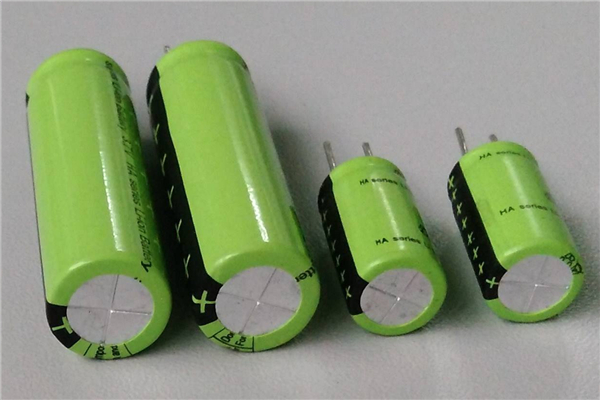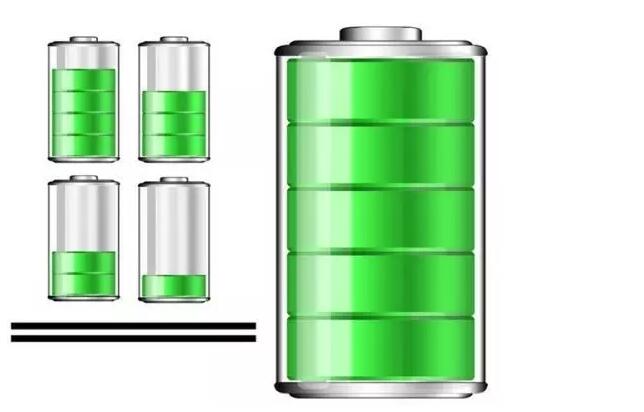Lithium Button Cell Batteries Rechargeable Research
Dec 05, 2019 Pageview:1155
Lithium button cells in some term are also called lithium coin cells. They were developed in the 1970s. Mainly they were developed for the mini power source of 3 volts. With development, many changes were made and now these cells are available in a wide range. Generally, lithium coin cells work efficiently at lower drain rates. Every design engineer takes it seriously to note all the characteristics including internal resistance, capacity, voltage, and size, before deciding what to use for his device. Typically a button cell is 5 – 25 mm in diameter. The terminals are divided like metal form the positive bottom body and the insulated top is a negative terminal.
Uses of button cell battery
There are many uses of the coin cell battery?
With the increased use of small-sized gadgets, the use of button batteries has increased.
Lithium button cell batteries have a long life. This useful feature makes it highly demanded.
The battery has a long shelf life and long-lasting ability.
They are used in small devices like calculators, wristwatches, digital scales, digital thermometers, etc.
Light-up T-shirts have the button cell battery
Musical gift cards for special occasions.
Weight scales in a home also contain these batteries.
Chemical composition
All button cell lithium batteries have lithium manganese dioxide. The button operates 3 volts, one lithium manganese dioxide functions at 1.5 volts. The voltage can fluctuate depending on the maker of the battery. It has very tight leakage resistance. It is also less susceptible to corrosion.

Are lithium button cell batteries rechargeable?
Rechargeable button batteries are present of different sizes. One can find it convenient and easy to buy a rechargeable button battery. This is used to give a backup when power fails. It is used in the products with a main power source. When there is sort of main code. It becomes difficult to recover data. To prevent such problems this button cell can be used. Many equipment uses saved data for schedules programing. To have such function without any problem a rechargeable battery is introduced which helps contain much of the data for use. The current drain of these batteries is very low. The use with the holder gives more efficiency. They were also used in computers in olden days. For many years these batteries have helped in one way or another. Rechargeable batteries are given the same code dimension as the non-rechargeable ones.
How do you recharge lithium button cell batteries properly?
The battery charger will not work on the majority of the button cell batteries. They are made up of disposable components. There are some varieties of chargeable cells. These are coded as LR instead of CR. Sometimes you will find LR options suited for 3.6 volts. The required rate of the cycle for the battery to recharge is 500 cycles.
It is tested that the recharging process should be made in 3 stages.
The battery is charged slightly if the voltage is lower than 2.99 v.
Next is the phase where the button cell is given the voltage to bring it up to a safe level for charging
The current is provided in full throttle of 30 mA.
Special instructions to recharge
It is important to keep an eye on your cell and charger. Lithium is very dangerous when heated. It requires extra caution.
Only use the rechargeable cells. Do not try to recharge the CR code cells. The LR is the one that can recharge
Always put the button cell according to the polarity. Using otherwise can cause damage and it can also be harmful for your hands and eyes.?
Never charge a cell that is damaged. The leak in the cell can create serious damages.
Always stay alert when charging. It will take a few minutes. You should stay alert.
How do lithium button cell batteries work?
These are the best inventions of the decade. They are used in everyday objects yet not everyone knows how it works. Let’s see the details of its working.
The button battery and any other battery works the same. They provide power to the appliance. They are used in every object around us. They are designed round in shape. It was a great invention and a hard leap of faith to create such battery. The button cell is a compressed version of AAA or AA battery. Due to compression, the electrodes have come closer. They are separated by electrolytes. The current in the battery flows in the form of iron which is managed by the electrolytes.
Main factors which affect the battery
Many factors can affect the working of a battery but here are some in detail.
1. Impact of temperature
Both higher and lower temperatures cause different reactions in the battery. Lithium is a reactive material. On the high temperature, the electrolytes are likely to move faster. This rapid movement in the small-diameter causes the temperature to rise to a critical stage. This rise can also cause serious damage to the machine.
Under low temperature, the electrolytes find it difficult to move around. Their mobility is rendered. This can cause a problem in the functioning of the battery. This can lead to a voltage drop. This result can affect in the sudden non-functioning of the device.
2. The internal resistance of the cell
It is the opposed flow of current in the battery. When a battery is under high pressure than internal resistance increases. The low temperature and high pressure both can become a reason for the internal resistance to increase. The IR is not a problem in the continuous pulse device drainage. Like wristwatch needs the pulse continuously. This will not increase the IR of the battery. But the device that need sudden pulse and drains the battery rapidly and with dissection can cause pressure which will lead to higher IR.
Lithium is a very good agent for the batteries. It can lose the electrons readily. It is also very light compared to other substances. They are also available in the rechargeable category. These points are the key to the excessive use of lithium in the batteries. With the age now lithium button cells are also available. You can find the lithium button cell battery in almost all the small devices we use in daily life.
- Prev Article: Why can lithium batteries be shipped?
- Next Article: Can You Overcharge A Lithium Battery?
Leave Message
Hottest Categories
-
Hottest Industry News
-
Latest Industry News













